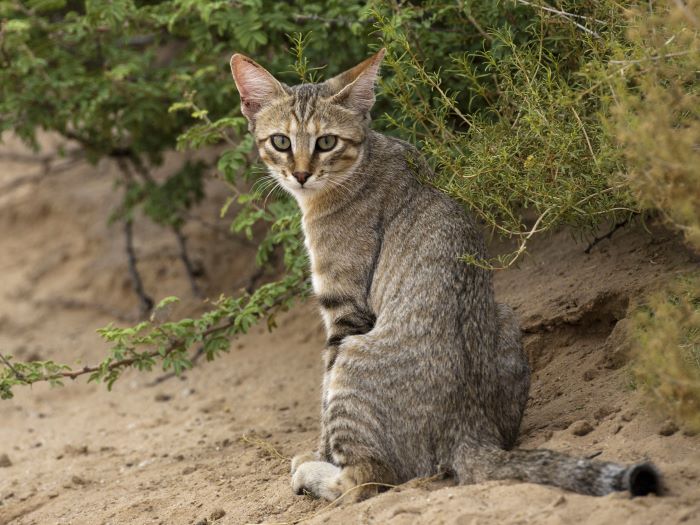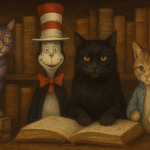The story of the cat’s domestication is one of mutual appreciation, not servitude: early farming communities benefited from cats’ rodent-catching skills, while cats won themselves protection and shelter without losing their independence.
Our relationship with cats reaches back thousands of years, although compared to the domestication of other animals, that of the cat was a somewhat random process. For example, people readily appreciated the advantages of owning horses, cattle, and dogs, because they could be turned to practical use.
Through selection of the best specimens and careful breeding for certain traits, such animals were developed for specific purposes and became even more useful. When the first cats wandered in from the wild—because it suited them to live in close proximity to human settlements—they proved their worth as vermin hunters, but they were most probably not otherwise seen as valuable assets.
A cat did not provide substantial amounts of meat for food, and although it could be tamed and become accustomed to handling, it could not be trained to obey orders or perform tasks on demand. In the early history of the cat there are no obvious attempts at deliberate selection for quality or to “improve” behavior or appearance.
In fact, the first true house cats probably selected themselves, when some learned to trust people more easily than others and felt secure enough to rear their kittens under a roof shared with humans.


